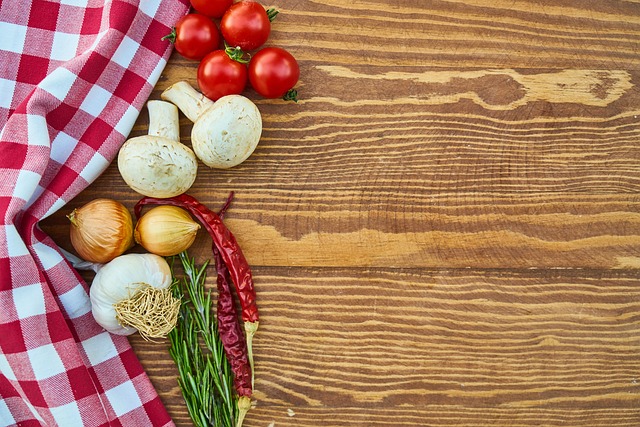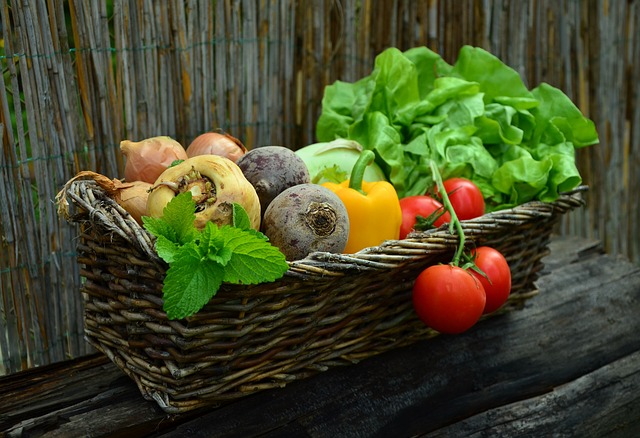
Imagine living in an area where it’s tough to find affordable and healthy food. That’s what we call a “food desert.” These places are usually in low-income neighborhoods, often in communities of color, and they can seriously affect people’s health.
Table of Contents
Food Deserts in NYC (New York City)
New York City has quite a few of these food deserts, and the COVID-19 pandemic has made things even worse.
Many small stores and neighbourhood groceries have closed down, leaving people struggling to feed their families.
In this article,
we’ll dig deep into the issue of food deserts in NYC. We’ll explore where they come from, see how they affect people,
and look at some creative solutions that are starting to make a difference.
Straight out the Mystery of Food Deserts

A food desert is a place where a lot of people live more than a mile away from a big supermarket. This official definition comes from the United States Department of Agriculture (USDA), dating back to 1995.
The USDA also talks about something called a “food swamp.” This is when many folks live near a big grocery store,
but a significant part of the community has low incomes, and a lot of them still live more than a mile from a store that sells healthy and affordable food.
There are further than 20 of these places, substantially in neighbourhoods where utmost people have lower inflows.
Then is a list of some of these food deserts in NYC (New York City)
Bedford-Stuyvesant – Situated in the borough of Brooklyn.
Brownsville is also nestled in the borough of Brooklyn.
Bushwick – Another Brooklyn neighborhood grappling with this issue.
Crown Heights – Yet another enclave within Brooklyn facing this predicament.
East Harlem – Located in the borough of Manhattan.
East New York – A Brooklyn neighborhood dealing with food accessibility challenges.
Flatbush – A district in Brooklyn wrestling with the food desert dilemma.
Harlem – A historic neighborhood in Manhattan confronting this issue.
Jamaica – A neighborhood within the borough of Queens.
Morrisa Nia – An area situated in the Bronx.
Mott Haven – Another Bronx locality struggling with food accessibility.
Ocean Hill-Brownsville – Yet another Brooklyn neighborhood grappling with this challenge.
South Bronx – A district within the Bronx borough experiencing food desert conditions.
Sunset Park – A Brooklyn neighborhood also facing this issue.
But, this is not all of them.
There might be further food deserts in NYC that we have not mentioned yet.
Finding Out Why Food Deserts Exist
There are a few reasons why food deserts happen:
Not Enough Money: In poor neighborhoods, it’s hard for big supermarkets to make enough money. They need a lot of customers to stay open.
Segregation: Food deserts often show up more in areas where people of certain races or ethnicities live. This happens because of past discrimination and unfair practices like “redlining.”
Lack of Investment: Sometimes, the government and companies don’t invest in certain areas. This means no good stores are selling healthy food.
The Impact of Food Deserts in NYC
Living in a food desert can seriously affect your health.
People in these areas are more likely to be overweight or obese.
They also have a higher risk of health problems like diabetes and heart disease.
Why? Because when there’s no nearby supermarket, people end up buying unhealthy food from fast-food places and convenience stores.
Solutions to the Problem
People are working hard to fix food deserts in NYC. Here are some ideas:
- Investing in Poor Communities: The government can put money into these neighborhoods to attract supermarkets and healthy food stores. They might use things like tax breaks or grants.
- Making Healthy Food Easier to Get: Governments and non-profit groups can help folks in food deserts get fresh, healthy food. They might give out vouchers for fruits and veggies or teach cooking classes.
- Promoting Healthy Eating: People can learn more about eating well. This can include everything from nutrition counseling to cooking classes and spreading the word about healthy eating.
Stories of Inequality and Strength
Food deserts in NYC, many communities face food deserts. One example is East Harlem, where a lot of Black and Latino people live. In the past,
East Harlem had plenty of big grocery stores, but many of them closed down.
Now, East Harlem is a food desert, and residents have to travel far to find good, affordable food. This is especially tough for people without cars or much money.
Despite these challenges, people in East Harlem are working hard to make things better.
Groups like the East Harlem Food Policy Council are trying to bring in new grocery stores and teach people about healthy eating.
The story of East Harlem is just one example of how communities in NYC are fighting against food deserts.
They show incredible strength and determination to make their neighbourhoods healthier and more fair.
Summary
Food deserts in NYC are a big problem that affects many communities.
But with everyone’s help, we can find solutions to make sure everyone has access to healthy and affordable food.
FAQs
1. What’s a food desert?
A food desert is a place where it’s tough to find a supermarket or grocery store nearby, making it hard to get healthy and affordable food.
2. Why do food deserts often happen in low-income areas?
In these areas, it can be hard for big stores to make enough money. They need a lot of customers to stay open.
3. How do food deserts in NYC affect people’s health?
People in food deserts often end up eating unhealthy food, which can lead to problems like obesity, diabetes, and heart disease.
4. How can we fix food deserts in NYC?
Solutions include investing in these communities, making healthy food more accessible, and teaching people about good nutrition and cooking.